Nationality British Grandchildren Gordon Onslow Ford Name Edward Ford | Known for Sculpture | |
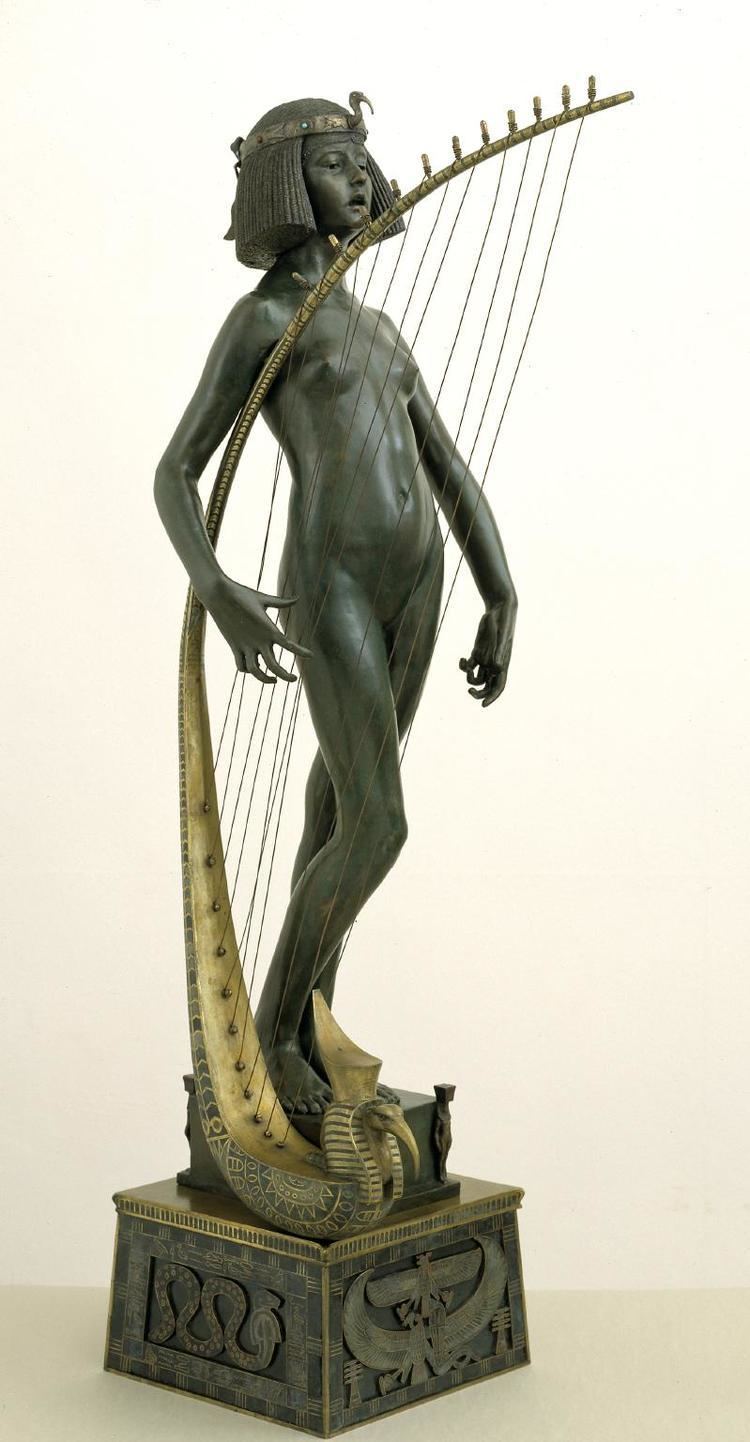 | ||
Born July 27, 1852 ( 1852-07-27 ) London Spouse(s) Anne Gwendoline von Kreuzer Died December 23, 1901, London, United Kingdom Artwork Snowdrift, Echo, The Muse of Poetry, Applause, Folly, The Singer, Dance Children Wolfram Onslow Ford, Clothilde Enid Onslow Ford, Max Onslow Ford, Rudolph Onslow Ford Parents Martha Lydia Gardner, Edward Ford | ||
Edward Onslow Ford (27 July 1852, in London – 23 December 1901, in London) was an English sculptor.
Contents
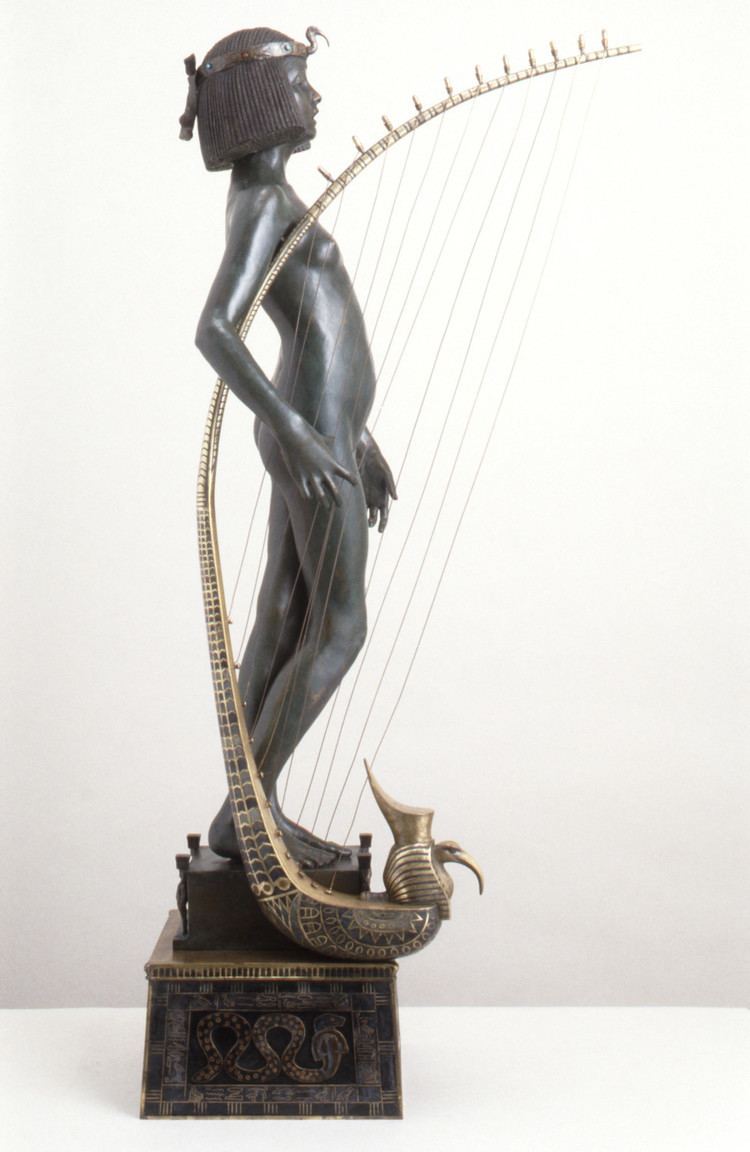
Life
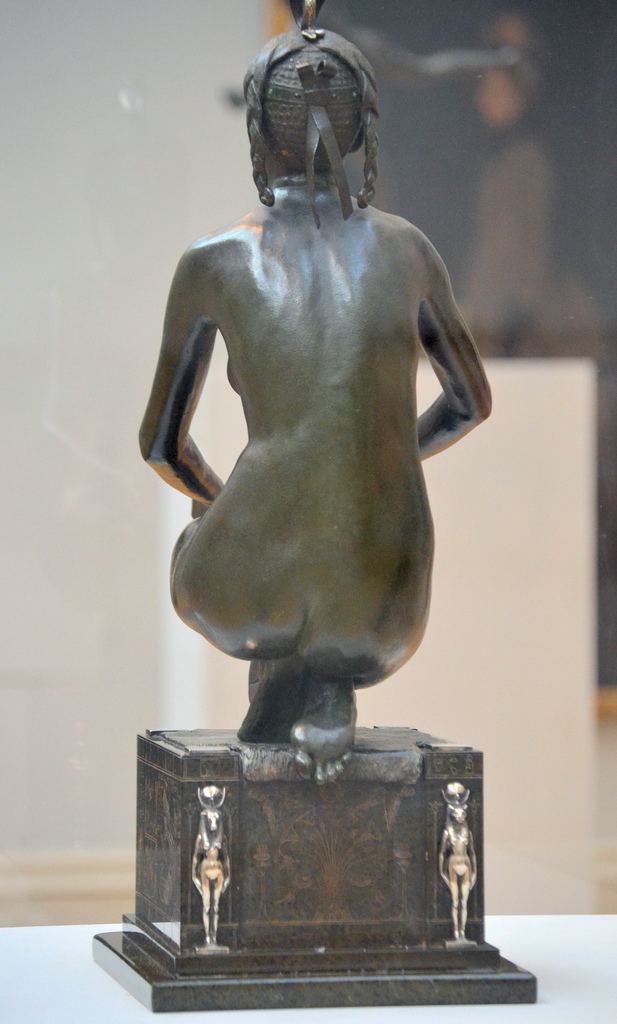
Ford was born in Islington, north London on 27 July 1852, was son of London businessman Edward Ford and Martha Lydia Gardner. His family moved to Blackheath while he was still a child. After he had spent some time at Blackheath Proprietary School, his mother determined that he should follow the strong bent towards art which he had already shown. She took him to Antwerp, where she sent him to the Academy as a student of painting. From Antwerp they moved after a time to Munich. There Ford studied under Michael Wagmüller, who advised him to transfer his attention to modelling, which he did. Before leaving Munich, Ford married, in 1873, Anne Gwendoline, the third daughter of Baron Frans von Kreuzer.
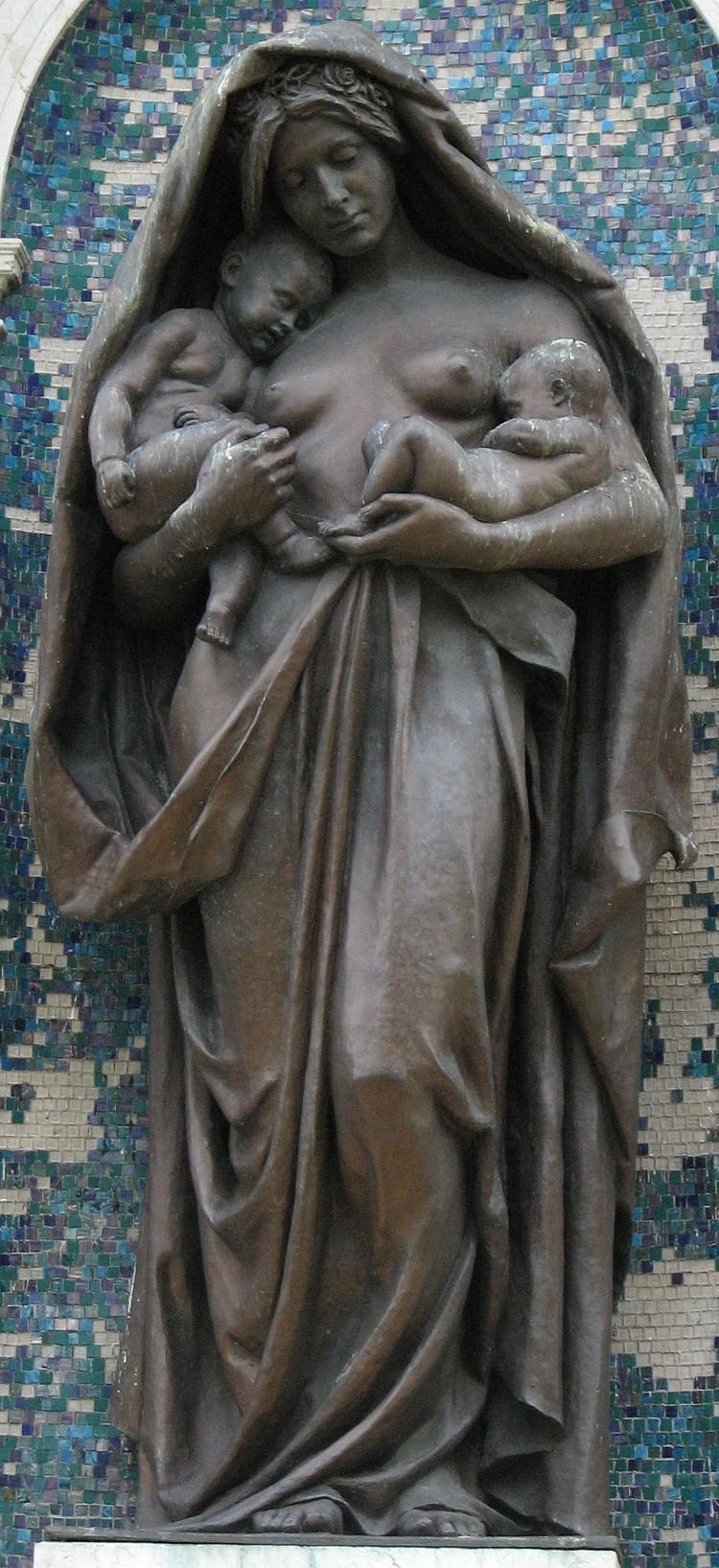
On returning to England in about 1874, Ford settled at Blackheath and sent a bust of his wife to the Royal Academy of 1875. Beginning with the statue of Rowland Hill at the Royal Exchange (1881), his more important works include Irving as Hamlet (1883) depicting Henry Irving, in the Guildhall Art Gallery; Gordon (1890), depicting General Gordon mounted on a camel, of which examples are at the Royal Engineers Barracks at Chatham and at the Gordon's School in Woking; the Shelley Memorial in University College, Oxford (1892); the equestrian statue of Lord Strathnaim at Knightsbridge (1895); and the memorial to Queen Victoria at Manchester (1901). The standing statue of William Ewart Gladstone (1894, for the City Liberal Club, London) is to be regarded as one of Ford's better portrait works. Ford's best known statue commissioned in India is that of an Equestrian Statue of Maharaja of Mysore, Chamarajendra Wadiyar X installed in the famous botanical garden Lal Bagh in Bangalore. This was originally located at Curzon Park in Mysore but was relocated in 1894. Only other known statue commissioned in India is of famous philanthropist Maharaja Lakshmeshwar Singh Bahadur of Darbhanga. This statue is in city of Kolkata, West Bengal.

Besides these monumental works, Ford executed many busts, invariably marked by taste in conception, delicate modelling, and verisimilitude. The best, perhaps, are the heads of John Everett Millais, Huxley, Herbert Spencer, Sir WQ Orchardson, Matthew Ridley Corbet, the duke of Norfolk, Briton Rivière, Sir Sir Lawrence Alma-Tadema, Sir Walter Armstrong, Sir Hubert von Herkomer, Arthur Hacker (1894), and M. Dagnan-Bouveret.

Ford also modelled a series of bronze statuettes. In each of these he endeavoured to embody a playfulness which was, occasionally, less sculpturesque than literary. The most successful, perhaps, of these are Folly (1886) (bought by the Chantrey Fund, and now in the Tate Gallery), Linos now in the Lady Lever Art Gallery, Port Sunlight, The Singer (1889), Applause, Peace (1890), Echo (1895), Glory to the Dead (1901) and Snowdrift (exhibited posthumously, 1902).

He was one of the first English sculptors to publish small replicas of his statues, which did much to extend his reputation.
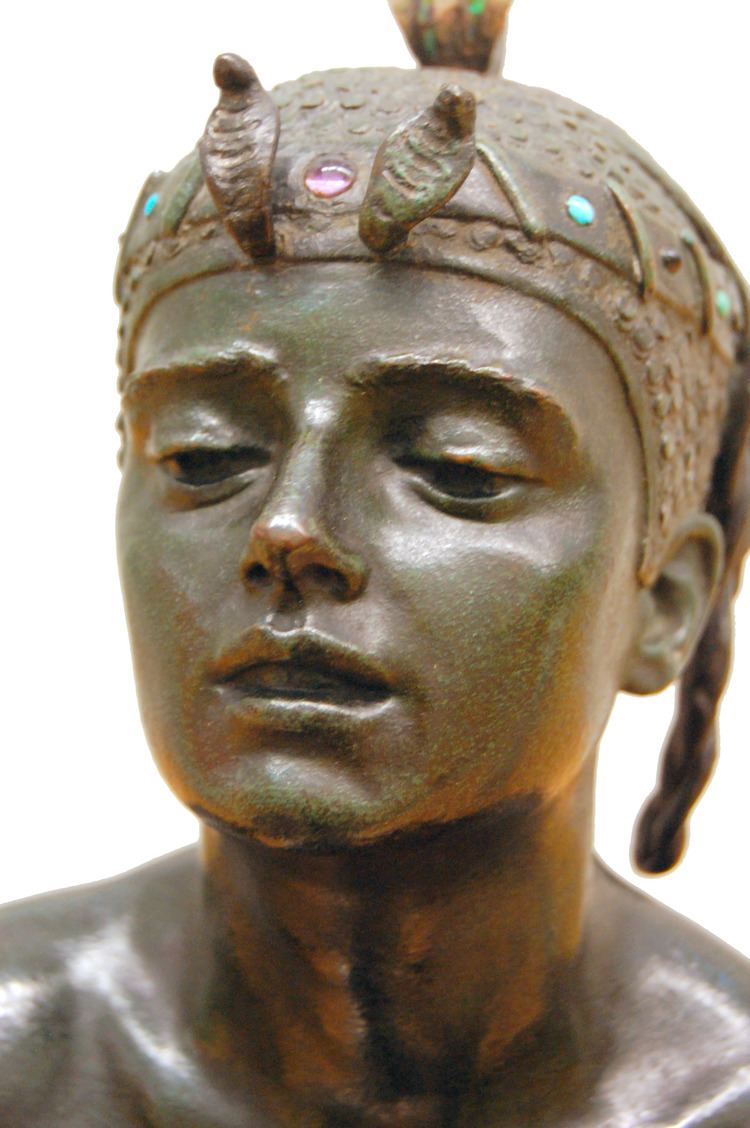
He died at 62 Acacia Road, St John's Wood, on 23 December 1901. He was buried at East Finchley. He was survived by his mother, his wife, four sons, and a daughter. His obituary in The Sketch, dated 1 January 1902, states that he died of pneumonia exacerbated by a weak heart.
Assessment

Most of Ford's success came in portraiture. His busts are always extremely refined and show his sitters at their best. Those (in bronze) of his fellow-artists Arthur Hacker (1894) and of AJ Balfour are all striking likenesses, and are equalled by that in marble of Sir Frederick Bramwell (for the Royal Institution) and by many more.
Ford's influence on the younger generation of sculptors was considerable, and of good effect. His charming disposition rendered him extremely popular, and when he died a monument was erected to his memory (Andrea Carlo Lucchesi, sculptor, J W Simpson, architect) in St John's Wood, near to where he dwelt. The monument comprises a stone pillar with a seated bronze mourning figure at the front (based on Ford's statue The Muse of Poetry, a.k.a. Song and a mourning figure based thereupon for Ford's Shelley Memorial), and a wreathed bust of Ford at rear. It stands close to what is now the site of Abbey Road Studios and its famous zebra crossing (indeed, another zebra crossing allows access to the traffic island on which the monument stands).
